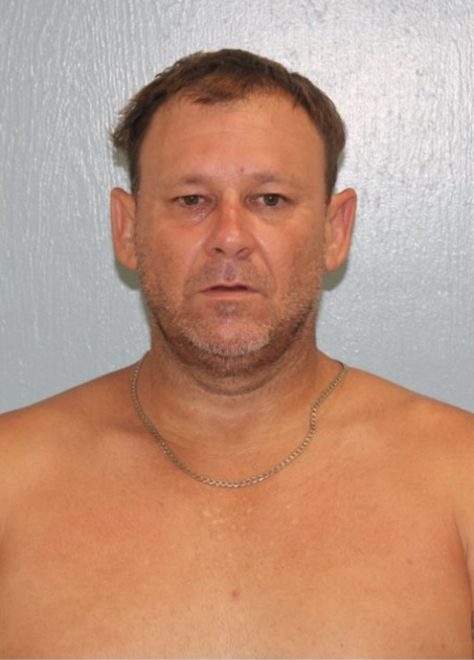Professor teaches student physicians how to use art to connect with end-of-life patients
Published 2:04 pm Wednesday, April 23, 2025

- PROVIDING POINTERS: Curtis provides pointers for a student during the art exercise as part of the Medical Humanities class. (Submitted Photo)
MOULTRIE- Richard Curtis of Thomasville teaches art classes at Thomas University, but he’s also an end-of-life doula who volunteers with patients through Archbold Hospice, integrating his artistic skills into his volunteer work.
Earlier this month, Curtis showcased his blend of art, medical care, and human interaction during a session of the Medical Humanities course at PCOM South Georgia. Led by faculty member Thomas Last, PhD, the course aims to help student physicians transcend the science of medicine.
“The Medical Humanities course supports students’ growth into humanistic, socially conscious physicians by providing reflective opportunities and meaningful experiences that deepen their understanding of diverse patient perspectives,” Dr. Last said. “Curtis’ hospice experiences and artwork resonated strongly with the first-year students by emphasizing the emotional and humanistic side of medicine, elements often overlooked in traditional medical school didactic teaching.”
Trending
Curtis explained to the class of 60 first-year student physicians, “Hospice is a holistic plan of care for the patient and families. People go on hospice when a doctor assesses their patient and decides they’re near the end of life. This is a way of transitioning. In hospice, the point is to have a good end, a comfortable end, whatever that means. It’s a meaningful transition that gives the patient some sense of well-being that the family can be a part of.”
He shared with students his recent drawings that were originally drawn with pencil, and some he recreated using pen and ink, each one unique as he drew while sitting with a hospice patient.
“One of the things that I have been doing with my patients…is drawing their hands,” Curtis said. “Partly that came about because, of course, you want to maintain confidentiality, so you don’t want to draw their face. Also, their hands are so descriptive of their life…I draw their hands and learn something about the patient. Then, I will write a little bit about them. Sometimes the writing will end up on the drawing.”
After reviewing several drawings, Curtis asked the students to pair up and use a cell phone’s flashlight app to cast a shadow on a partner’s hand, tracing it onto watercolor paper. Each student then elaborated their tracing inspired by their partner’s memories of loved ones who had passed away.
A couple of students reflected on Curtis’ lecture:
First-year student physician, Doan Nguyen (DO’28) expressed how the lecture and art activities impacted his outlook:
Trending
“Mr. Curtis’ lecture and the accompanying art exercises greatly reshaped my perspective as a future physician, and brought forth the therapeutic potential of art in medical practice, particularly in hospice care. The act of drawing became a channel for self-reflection, allowing me to explore personal experiences and emotions, which in turn cultivated a deeper sense of empathy and compassion for those facing the end of life…his presentation has left an impression, reminding me that every physician must navigate these delicate moments with both clinical expertise and a commitment to respect the human experience.”
Anna Beth Boyette (DO ’28), shared her thoughts on the significance of the broader picture in medicine.
“Drawing a hand motion that symbolized someone important to me, especially someone who had passed, was a powerful act of reflection. It made me think about how the smallest gestures—like the way someone held a hand or rested their fingers—can carry a lifetime of meaning. This exercise reminded me that helping patients feel seen and remembered, even through nonverbal communication, can be just as healing as any prescription…This experience affirmed my commitment to practicing compassionate, patient-centered care, especially at the end of life. It reminded me that in those final days, what matters most isn’t just what we do, but how we are—present, gentle, respectful, and willing to witness a patient’s final story unfold with dignity.”





